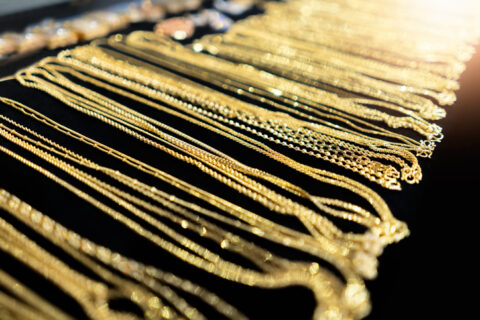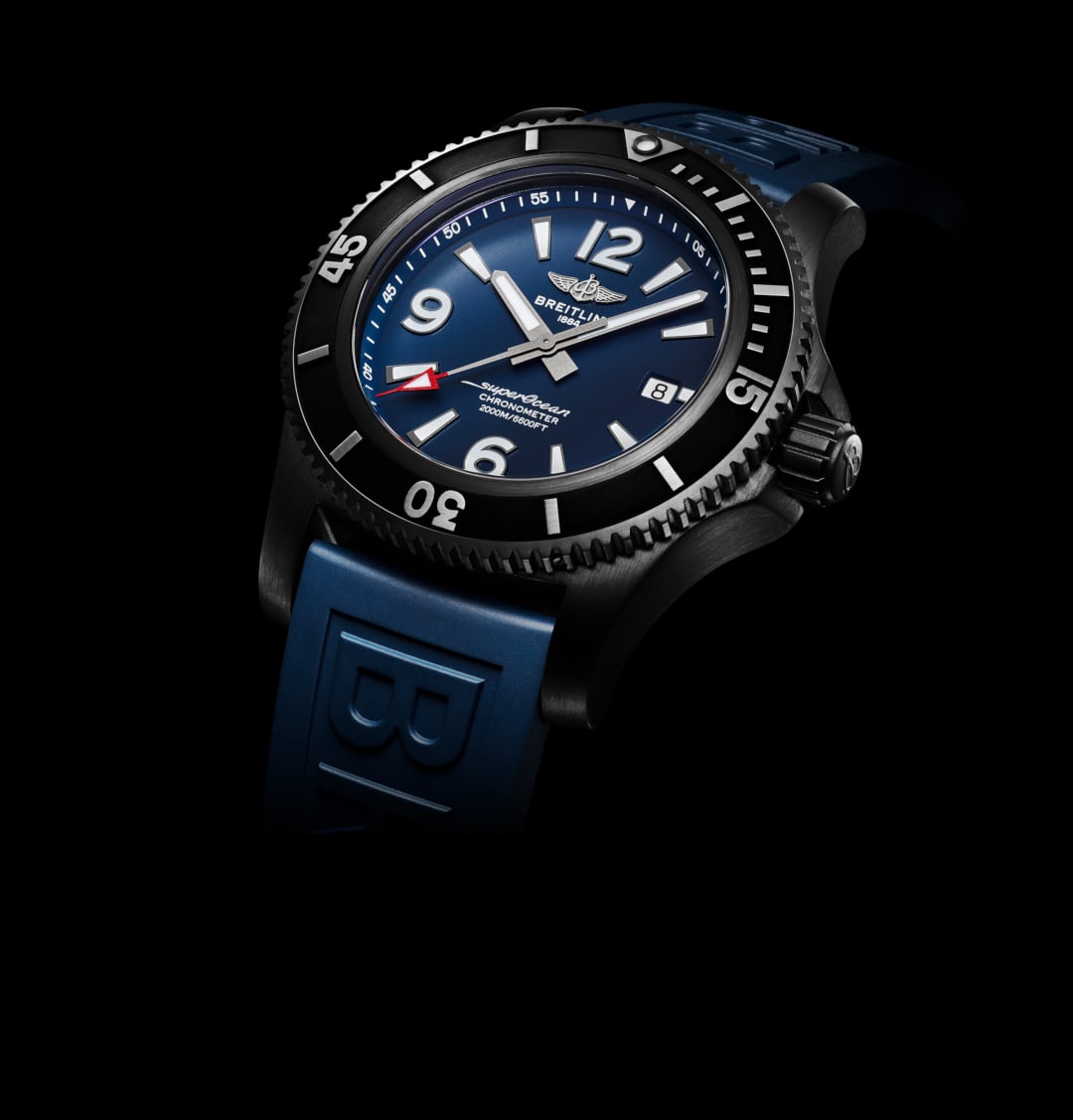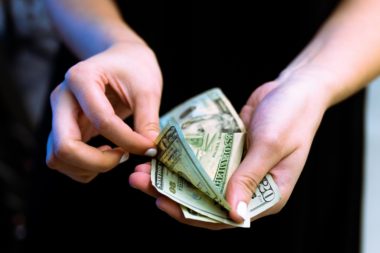Understanding the intricacies of diamond valuation is crucial for anyone looking to sell high-end jewelry. Pawn shops have developed their own methods for assessing the worth of diamonds and other precious stones. This article will provide insights into how pawn shops grade diamonds and the numerous factors that influence their value.
The Role of Certification in Diamond Valuation
Certification plays a pivotal role in the diamond industry. When a diamond is graded by a recognized gemological laboratory, it receives a certification that contains essential information about its properties. This certificate can significantly affect the value of the diamond.
Most pawn shops rely on documentation from respected organizations such as the Gemological Institute of America (GIA) or the International Gemological Institute (IGI). These certifications detail characteristics like cut, color, clarity, and carat weight, allowing pawn shop professionals to make informed assessments.
Without certification, determining the true value of a diamond becomes a subjective process. A certified diamond confirms the quality and authenticity of the stone, which can enhance trust and instill confidence in sellers and buyers alike.
Moreover, the certification process itself is rigorous and involves multiple stages of evaluation. Trained gemologists utilize advanced tools and techniques to assess each diamond’s unique attributes. For instance, the cut of a diamond is not merely about its shape; it encompasses how well the diamond has been crafted to reflect light, which can dramatically influence its brilliance and overall appeal. A well-cut diamond can appear more vibrant and valuable than one that is poorly cut, even if they share similar carat weights and colors.
Additionally, the certification serves as a safeguard against fraud in an industry that can sometimes be rife with misrepresentation. With the rise of synthetic diamonds and treated stones, having a certification from a credible source ensures that buyers are purchasing genuine, natural diamonds. This not only protects the consumer but also upholds the integrity of the diamond market, fostering a fair trading environment where quality is recognized and rewarded.
How Pawn Shops Assess Jewelry Condition and Authenticity
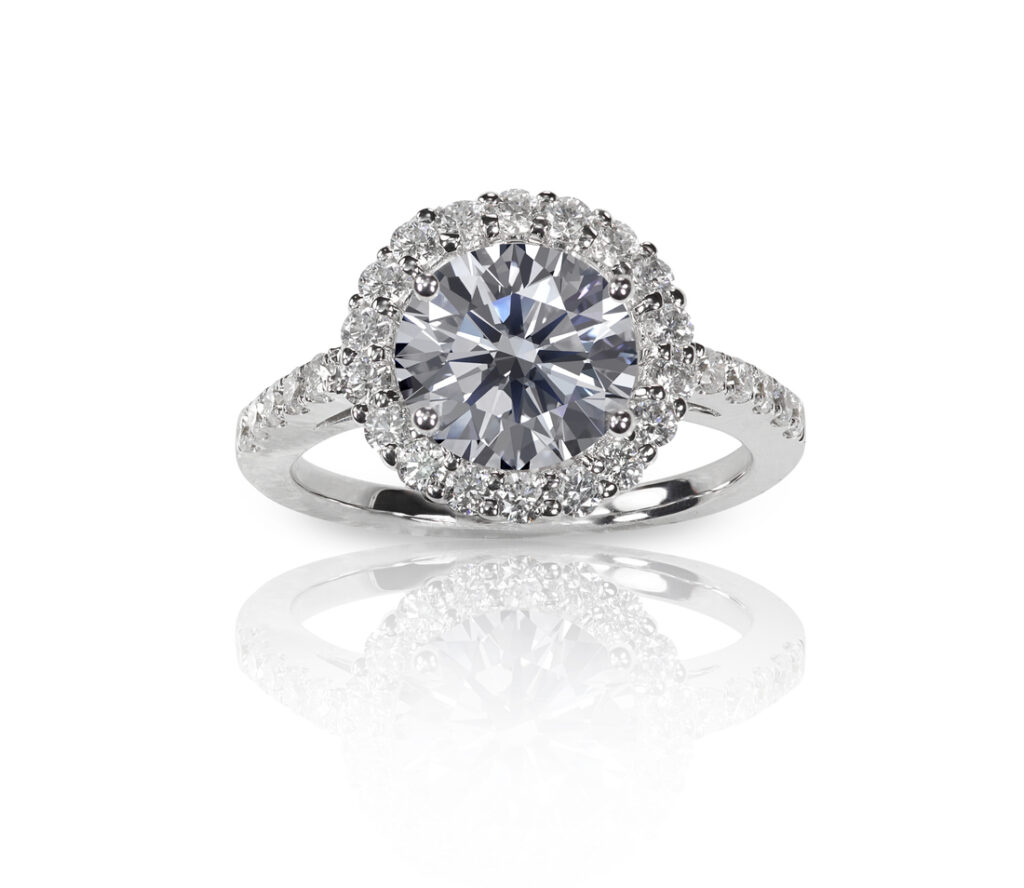
When a diamond is brought to a pawn shop, the first step is to evaluate its overall condition. This process involves a thorough examination of the jewelry’s physical state: any signs of wear, damage, or repairs can affect its value.
Pawn shop professionals look for imperfections or flaws in the gemstone and the presence of scratches or dents on the metal setting. A well-maintained piece of jewelry will generally receive a higher appraisal compared to one that shows signs of significant wear and tear.
- Examine the prongs holding the diamond to ensure stability.
- Check for any discoloration of the metal, particularly on white gold or platinum.
- Assess the setting for any signs of loosening or damage.
Additionally, confirming the authenticity of the diamond is crucial. Many pawn shops utilize tools such as jeweler’s loups or diamond testers to verify that the diamond in question is natural and not synthetic or treated in any way.
The appraisal process does not end with a visual inspection; pawn shops may also consider the diamond’s certification. A certified diamond comes with a grading report from a reputable gemological laboratory, detailing its cut, clarity, color, and carat weight. This certification serves as a valuable asset, providing potential buyers with assurance regarding the diamond’s quality and authenticity. Without such documentation, the diamond’s value may be significantly diminished, as it raises questions about its provenance and quality.
Moreover, the market demand for specific types of jewelry can also influence the appraisal process. Trends in fashion and consumer preferences can shift, impacting the desirability of certain styles or gemstones. For instance, vintage or antique pieces may fetch higher prices due to their rarity and historical significance, while contemporary designs might appeal more to modern buyers. As a result, pawn shop professionals must stay informed about current market trends to provide accurate appraisals that reflect the jewelry’s true worth.
Understanding the 4 Cs: Cut, Color, Clarity, and Carat Weight
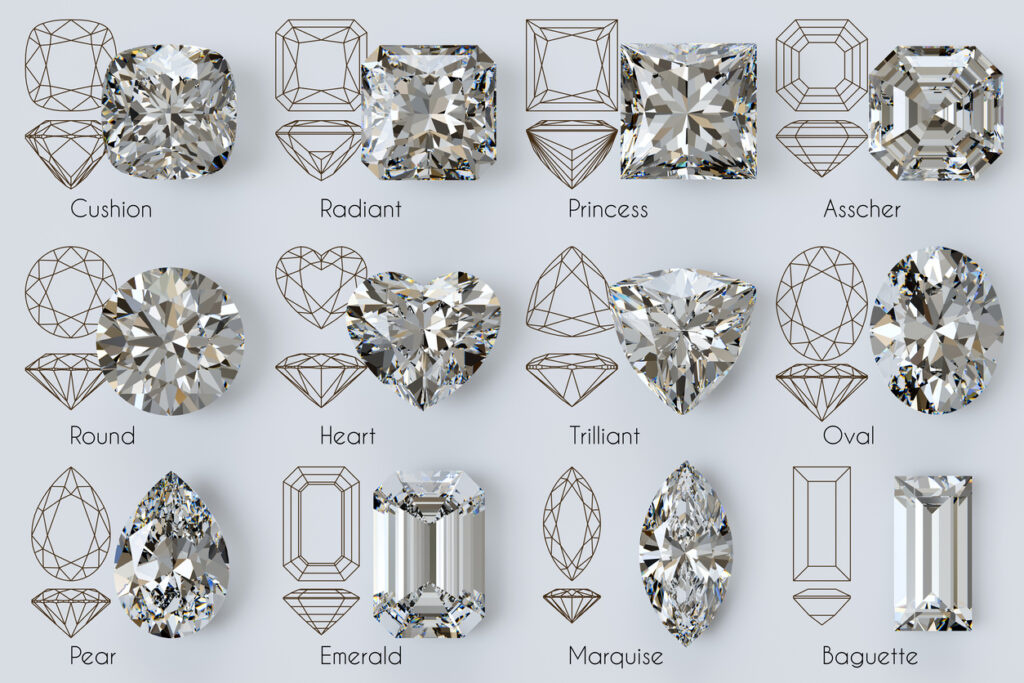
The 4 Cs are the definitive characteristics that form the basis for diamond valuation. Each of these attributes contributes uniquely to the overall appeal and worth of a diamond.
Cut
The cut of a diamond refers to how well it has been shaped and polished. A well-cut diamond reflects light beautifully and has a significant impact on its brilliance. Cut grades include options such as excellent, very good, good, fair, and poor. The artistry involved in cutting a diamond is crucial; it requires precision and skill to maximize the stone’s potential. For instance, the popular round brilliant cut is designed to enhance sparkle by allowing light to enter and exit the diamond in a way that creates a dazzling effect. Other shapes, like the princess or emerald cut, offer different styles and can appeal to various tastes, showcasing the versatility of diamonds in jewelry design.
Color
Color refers to the natural tint in a diamond, ranging from colorless to light yellow or brown. Diamonds are graded on a scale from D (colorless) to Z (light yellow). The closer a diamond is to being colorless, the more valuable it tends to be. However, it’s worth noting that some diamonds exhibit unique colors, such as blue, pink, or green, which can be incredibly rare and sought after. These fancy colored diamonds are graded differently, taking into account hue, tone, and saturation, and can command prices that far exceed those of traditional colorless diamonds. This fascinating spectrum of colors adds depth to the diamond market, appealing to collectors and connoisseurs alike.
Clarity
Clarity evaluates the presence of internal or external flaws, known as inclusions and blemishes. The fewer the imperfections, the higher the clarity grade, which scales from Flawless (no inclusions visible under 10x magnification) to Included (obvious inclusions visible). A diamond with superior clarity can command a higher price. Interestingly, some inclusions can even add character to a diamond, with certain buyers appreciating the unique story behind each stone. For example, a diamond with a small feather inclusion might be viewed as a testament to its natural formation process, making it more desirable to some. Understanding clarity not only helps in assessing value but also in appreciating the individuality of each diamond.
Carat Weight
Carat weight measures the size of the diamond. One carat is equivalent to 0.2 grams. Larger diamonds are rarer, and therefore, they are generally more valuable. However, it is important to consider other Cs, as a smaller diamond with higher quality may fetch a better price than a larger one with lower quality. Additionally, the way a diamond is cut can influence its perceived size; for instance, a well-proportioned diamond can appear larger than its actual carat weight due to its depth and table size. This phenomenon allows buyers to find options that fit both their aesthetic preferences and budget, making the journey of selecting the perfect diamond an engaging experience filled with possibilities.
Negotiating the Best Price: Tips for Sellers
Selling your diamond jewelry to a pawn shop can be a straightforward process, but negotiating effectively can ensure you get the best possible price. Here are some strategies to help you gain an advantage in negotiations.
- Do Your Research: Knowledge is power. Familiarize yourself with current market prices and recent sales of comparable items.
- Get Multiple Appraisals: Before approaching a pawn shop, consider getting your diamond appraised by different jewelers to understand its potential value.
- Maintain a Positive Attitude: Being courteous and professional can create a favorable atmosphere for negotiation.
- Be Prepared to Walk Away: This is a powerful tactic. If you feel the price offered isn’t fair, don’t hesitate to leave. This suggests you know your item’s value.
How to Spot Fake Diamonds and Imitations
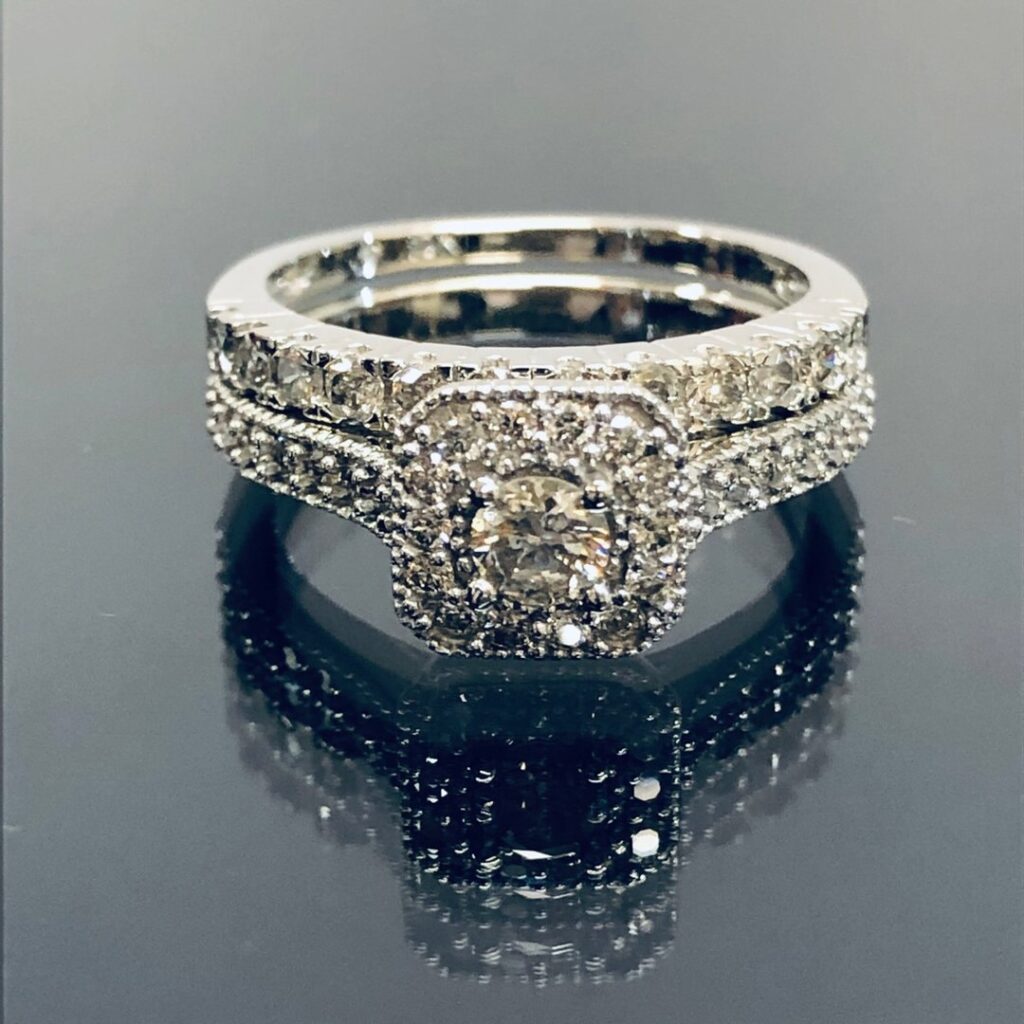
Finally, understanding how to recognize fake diamonds is essential, especially when selling. Pawn shops are well-versed in identifying genuine stones, but as a seller, it’s beneficial to equip yourself with some knowledge.
An effective way to differentiate between a real diamond and an imitation is by conducting a simple fog test. Breathe on the stone; if the fog dissipates quickly, it’s likely a real diamond, as the condensation evaporates rapidly due to the diamond’s thermal conductivity. If the fog lingers, the stone might be an imitation.
Additionally, consider the reflection. Real diamonds exhibit a distinct sparkle, and they reflect white light, whereas fakes often show a rainbow of colors under light. Look closely at the edges; if they appear rounded and smooth, it could be an imitation rather than a genuine diamond.
At Lincoln Pawn, understanding how pawn shops grade and value diamonds can provide valuable insight for both sellers and buyers. Diamonds are unique, and their value depends on a detailed evaluation process that professionals use to determine their worth. By learning about this process, you can ensure a smoother and more transparent transaction when selling or purchasing high-end jewelry. To learn more about how we evaluate diamonds, visit our website at https://pawnanaheim.com/.
One of the most critical factors in evaluating diamonds is understanding the 4 Cs: cut, color, clarity, and carat weight. These elements, combined with proper certification from reputable organizations like GIA or AGS, play a significant role in determining the value of a diamond. Familiarizing yourself with these standards can empower you to make informed decisions and feel confident during the valuation process at Lincoln Pawn. For additional resources and tips, check out our site at https://pawnanaheim.com/.
Ultimately, having the right information is essential to ensuring you receive a fair price for your diamond jewelry. Whether you’re looking to sell or buy, knowing how the grading process works will help you navigate the pawn shop market with ease. At Lincoln Pawn, we pride ourselves on transparency and expertise, making it easier for our customers to achieve the best outcomes for their valuable items. Visit us online at https://pawnanaheim.com/ to explore our services and see how we can assist you.
